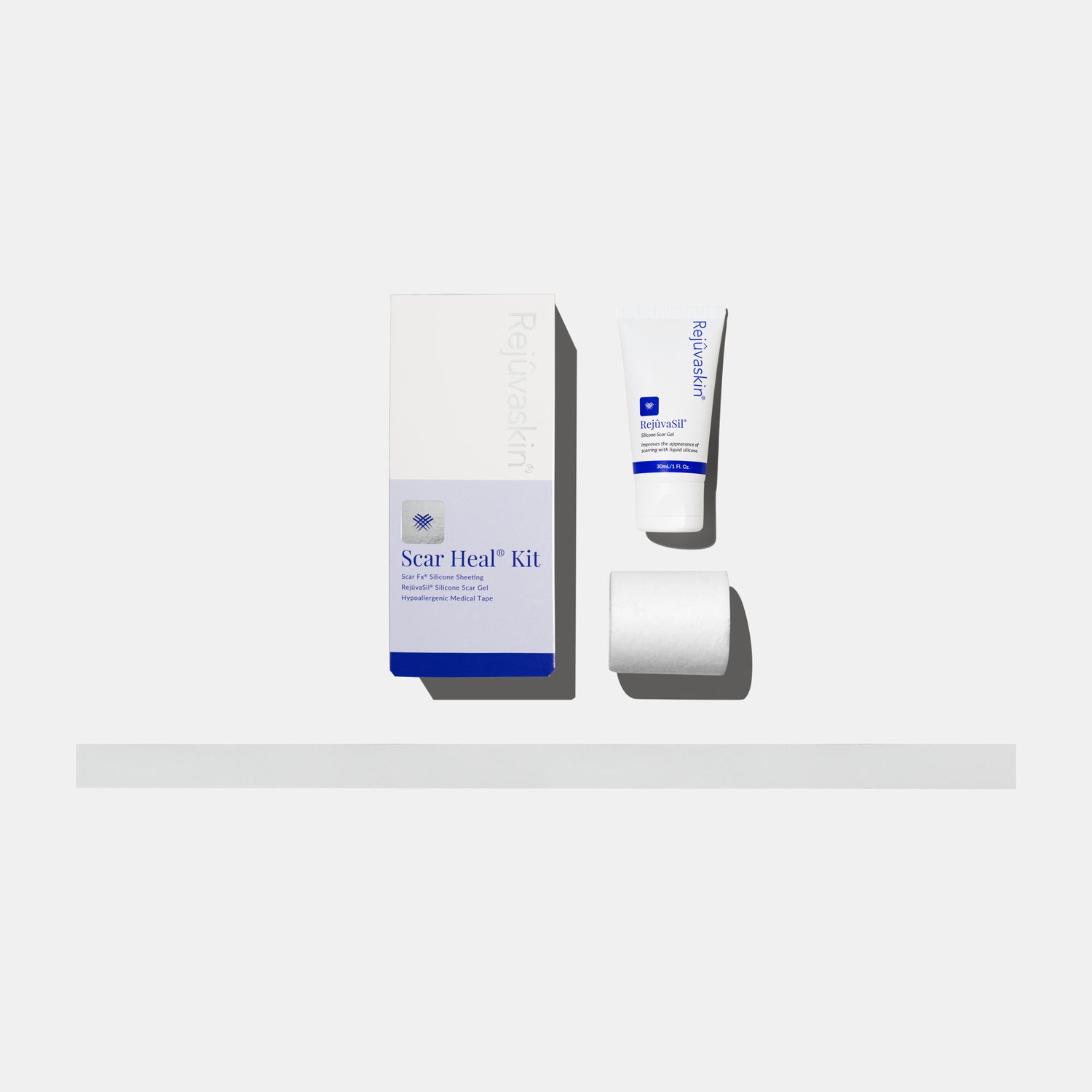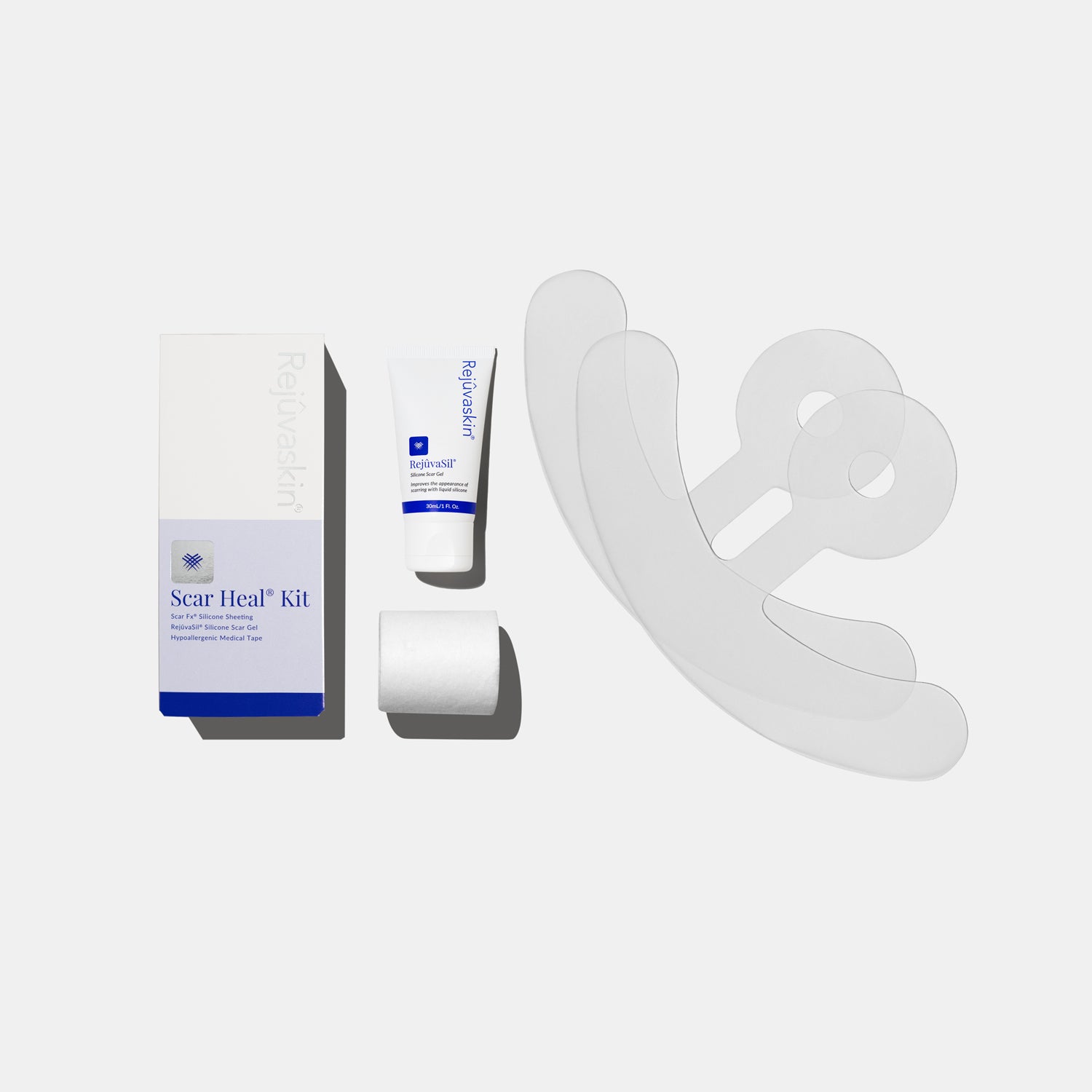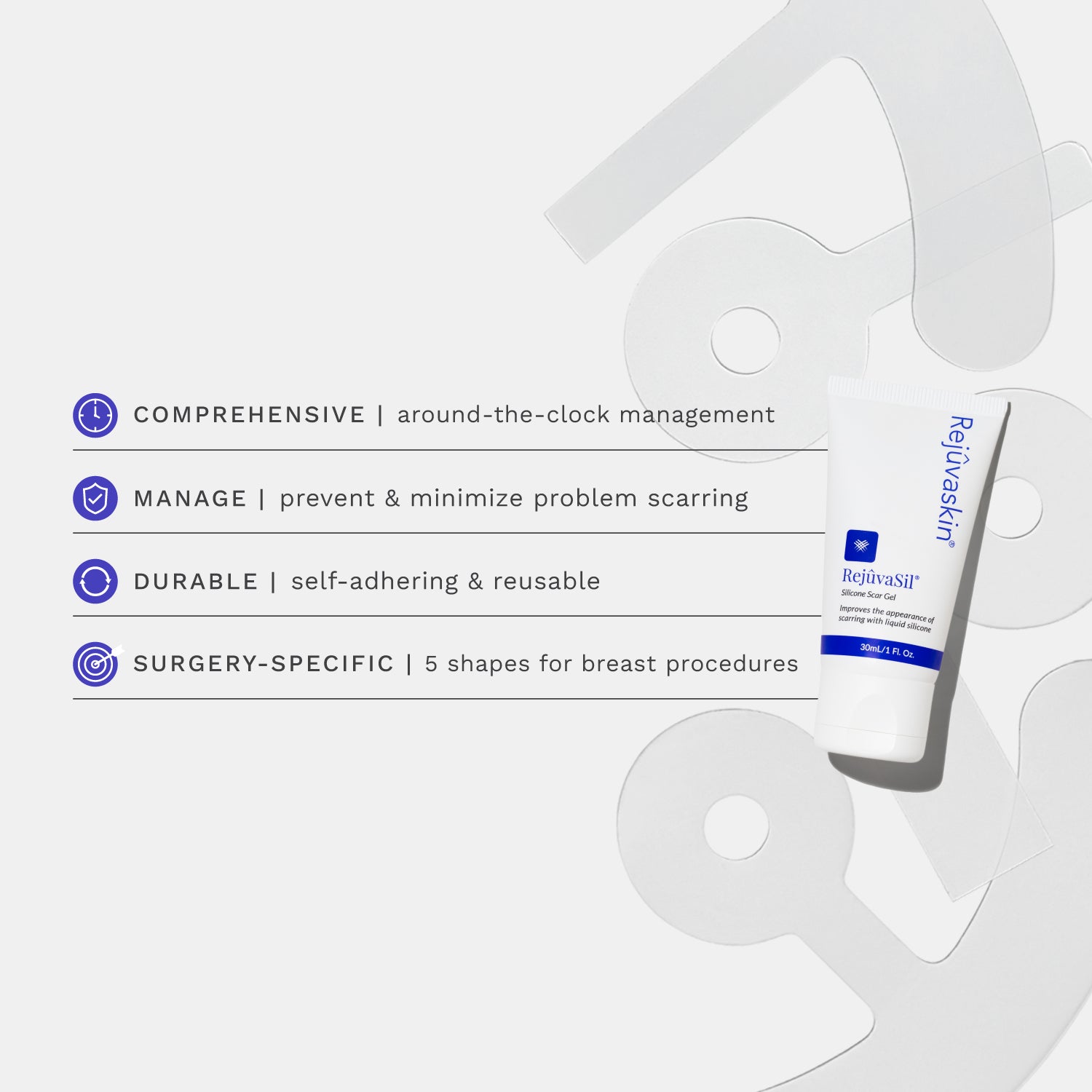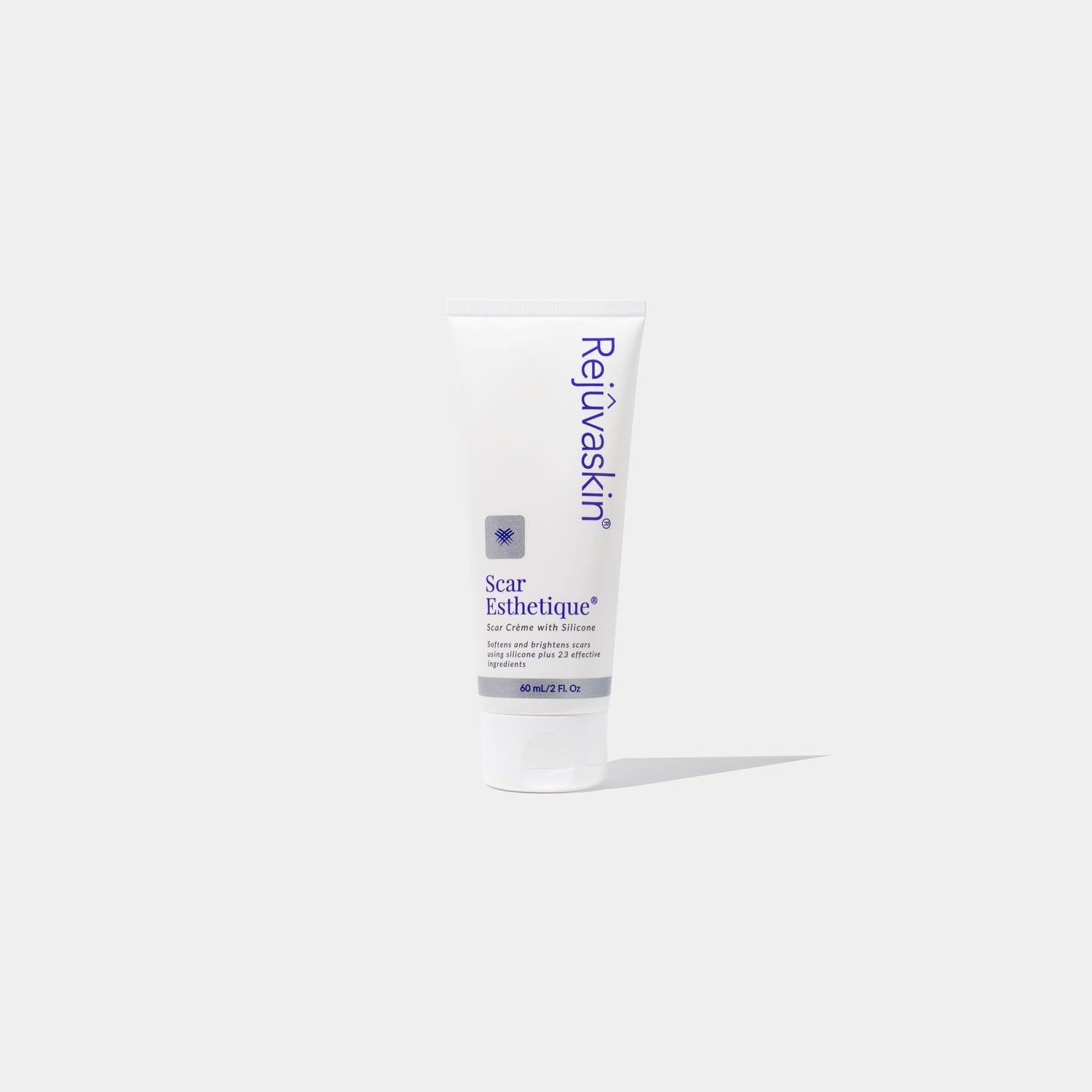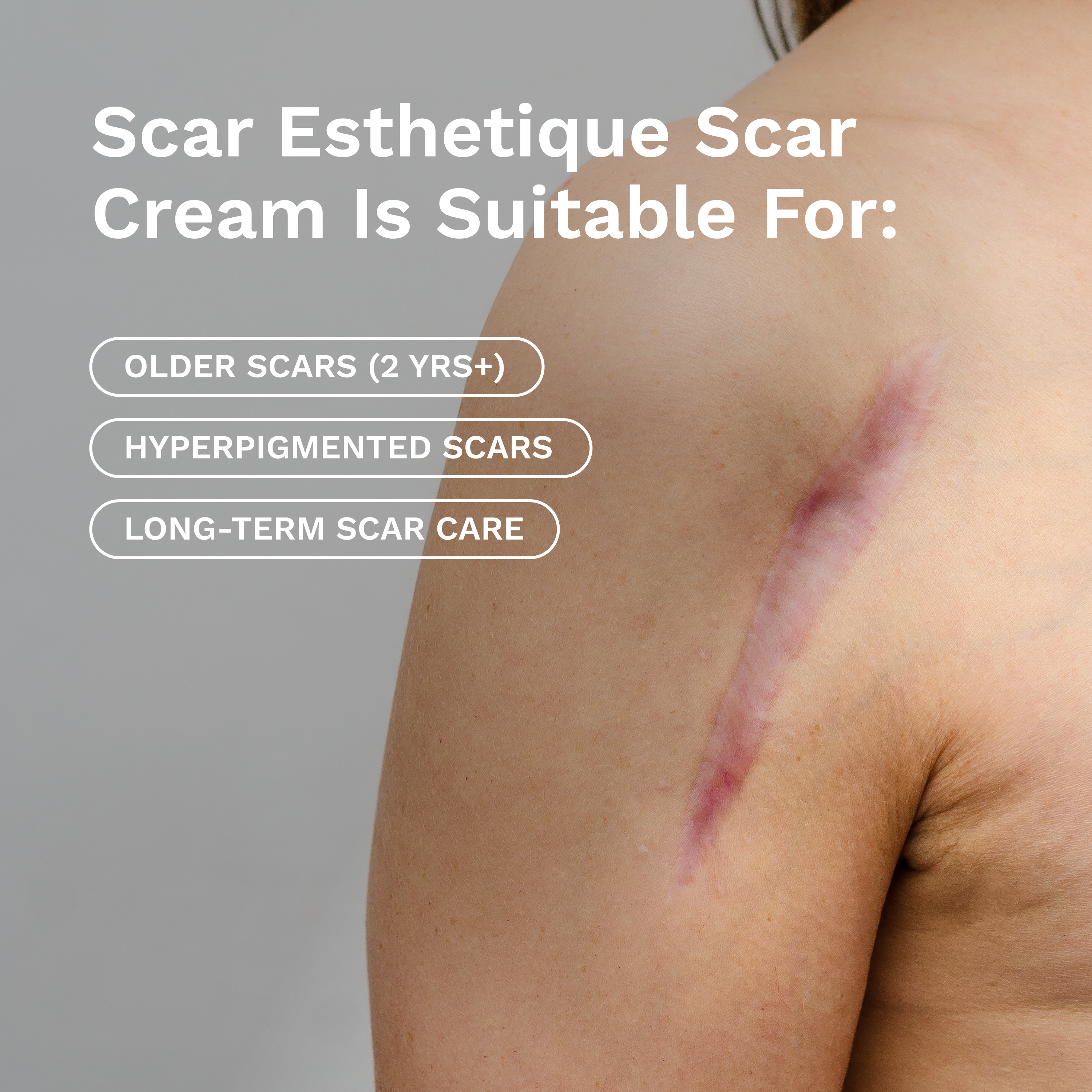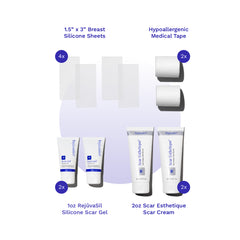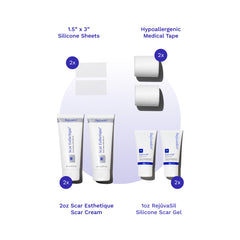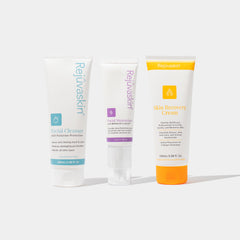Radiation therapy is a cornerstone in cancer treatment, often leading to significant skin reactions that require careful management. The skin, being the largest organ of the body, is highly susceptible to the effects of radiation. Radiation-induced dermatitis (RID) is one of the most common side effects, which can range from mild erythema to severe ulceration and tissue breakdown. Effective skin care strategies are essential to manage these effects and improve patient outcomes during and after radiation therapy.
Understanding Radiation-Induced Dermatitis (RID)
Radiation therapy works by damaging cancerous cells through ionizing radiation, which not only targets tumor tissues but also affects the surrounding healthy tissue, including the skin. RID typically appears within the first two weeks of treatment and progresses through distinct stages: erythema, dry desquamation, moist desquamation, and in severe cases, ulceration or necrosis (Peterson et al., 2014).
Several factors contribute to the severity of RID, including the radiation dose, treatment area, and individual patient characteristics such as skin type and comorbidities (Feng et al., 2020). Patients undergoing radiation for breast cancer, head and neck cancers, and pelvic malignancies are particularly prone to these skin reactions due to the proximity of the skin to the radiation field.
Pathophysiology of Radiation Dermatitis
Radiation induces both direct and indirect damage to the skin. Directly, ionizing radiation damages cellular DNA, leading to apoptosis or necrosis of the skin cells. Indirectly, radiation causes inflammation by activating inflammatory cytokines and increasing oxidative stress. This results in vascular damage, increased capillary permeability, and immune system activation, which can further exacerbate skin reactions (Yeh et al., 2015).
Prevention and Management of Radiation Dermatitis
Effective management of RID focuses on prevention, symptom relief, and healing. Several strategies have been studied to reduce the severity and duration of dermatitis.
Topical Agents
Topical treatments are widely used to alleviate symptoms of radiation-induced dermatitis. Among the most studied are corticosteroids, which can help reduce inflammation, and moisturizers that help maintain skin integrity. A study by Petersen et al. (2017) demonstrated that the use of a silicone-based gel sheet, such as Scar Fx, can significantly reduce the severity of radiation dermatitis and improve skin healing compared to standard care.
Additionally, products like Rejuvaskin's Skin Recovery Cream are used effectively before, during, and after radiation therapy. This cream has been shown to support skin health by providing essential hydration, promoting skin barrier repair, and reducing inflammation. Clinical feedback from oncologists and dermatologists suggests that regular application of Skin Recovery Cream can minimize irritation and improve overall skin recovery throughout the radiation treatment process (Rejuvaskin, 2024).
In addition to silicone-based products, other treatments such as aloe vera, calendula, and honey have also been examined for their efficacy in radiation therapy-related skin care. A systematic review by Khanna et al. (2021) found that aloe vera gel reduced the severity of radiation dermatitis by promoting skin hydration and reducing inflammation.
Hydration and Skin Protection
Proper hydration and protection are key to managing the skin during radiation therapy. Patients should be encouraged to apply emollients regularly to prevent skin dryness and cracking. Research by Darlenski et al. (2020) emphasizes the importance of using hypoallergenic moisturizers that are free of alcohol and fragrances, as these can further irritate the skin.
It is also crucial to protect the skin from external irritants such as sunlight and friction. Wearing loose-fitting clothing and using broad-spectrum sunscreen in irradiated areas can help prevent exacerbation of skin reactions.
Patient Education and Support
Educating patients on proper skin care is critical in preventing severe skin reactions. Healthcare providers should guide patients in identifying early signs of dermatitis and when to initiate treatment. Early intervention, such as the use of topical treatments, can significantly reduce the likelihood of progression to more severe forms of RID.
A study by Chou et al. (2018) highlights the benefits of patient education programs, which have been shown to reduce the incidence of severe dermatitis and improve the overall quality of life for patients undergoing radiation therapy.
Radiation therapy, while effective in treating cancer, can lead to significant skin reactions that require careful management. Through a combination of topical treatments, proper skin hydration, and patient education, the severity of radiation-induced dermatitis can be minimized. Ongoing research into new treatment modalities and the development of more effective topical agents holds promise for improving the management of RID in oncology patients.
References
Chou, W., Chen, H., & Wang, H. (2018). The impact of patient education on radiation dermatitis prevention and skin care. Journal of Clinical Nursing, 27(15-16), 3081-3090. https://doi.org/10.1111/jocn.14545
Darlenski, R., Tsankov, N., & Miere, D. (2020). Hydration strategies for radiation dermatitis: a review of the literature. International Journal of Dermatology, 59(5), 567-574. https://doi.org/10.1111/ijd.14860
Feng, L., Tan, T., & Ng, M. (2020). The role of comorbidities in radiation-induced dermatitis. Oncology Nursing Forum, 47(1), E18-E25. https://doi.org/10.1188/20.ONF.E18-E25
Khanna, S., Oommen, A., & David, R. (2021). Aloe vera and other herbal agents in the management of radiation dermatitis: a systematic review. Journal of Herbal Medicine, 27, 100435. https://doi.org/10.1016/j.hermed.2021.100435
Peterson, C. M., Woodward, C. K., & McDowell, S. L. (2014). Radiation dermatitis: clinical management and current treatment options. American Journal of Clinical Dermatology, 15(4), 275-283. https://doi.org/10.1007/s40257-014-0075-1
Peterson, C. M., Glatstein, E., & Burgette, L. (2017). Use of silicone gel sheets in the prevention and treatment of radiation dermatitis. Journal of Clinical Oncology, 35(3), 181-185. https://doi.org/10.1200/JCO.2016.69.3114
Rejuvaskin. (2024). Skin Recovery Cream: A key solution for managing radiation dermatitis before, during, and after treatment. Rejuvaskin.
Yeh, H., Lee, W., & Shen, J. (2015). Radiation-induced skin toxicity: pathophysiology and management. Journal of Cancer Research and Therapeutics, 11(3), 507-513. https://doi.org/10.4103/0973-1482.156557
